Category: Scriptures
-
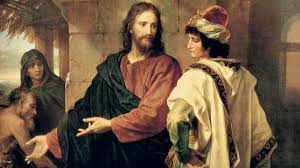
CFM 7/21-7/27: Poetry for “Where Much Is Given Much Is Required”
The idea behind “Where Much is Given, Much is Required” goes beyond just the idea of responsibility or accountability. There is also in the phrase a sense of equity and care for others that isn’t necessarily part of responsibility. The idea is clearly the opposite of the images we see of excessive displays of wealth,…
-

CFM 7/14-7/20: Poetry for “I Will Lead You Along”
The introduction of the ‘United Firm’ in 1832 was, I think, an attempt to provide needed structure to the Church and its members. Any organization provides roles for individuals and ways that those roles interact with each other and the outside world. As a result, the scriptures covered by this week’s Come Follow Me lesson…
-

CFM 7/7-7/13: Poetry for “Great Shall Be Their Reward and Eternal Shall Be Their Glory”
We could argue that section 76 of the Doctrine and Covenants has had more impact on Church members than any other section in the D&C. Prior to the vision described in the revelation, Church members, and Christianity in general, had one of two conceptions of the next life; either a dualistic heaven and hell, or…
-
CFM 6/30-7/6: Poetry for “No Weapon That Is Formed against You Shall Prosper”
Whether by teaching or by missionary work, proclaiming the gospel is a key part of LDS doctrine, practice and culture. And while this week’s Come Follow Me lesson leans toward missionary work, based on the historical events surrounding sections 71 to 75, the basic lessons found in these sections can apply to the many other…
-

CFM 6/23-6/29: Poetry for “Worth … the Riches of the Whole Earth”
We all value the scriptures, but we don’t always understand them, and often what makes them valuable to us isn’t clear. If, as Doctrine and Covenants section 70 says, the scriptures are worth the riches of the whole earth, how is that true? What makes them so valuable? Part of the difficulty with understanding pronouncements…
-

CFM 6/16-6/22: Poetry for “The Lord Requireth the Heart and a Willing Mind”
What does it mean to have a “willing mind”? My first thought is that it is somehow about our attitude, how we confront or approach problems. But despite the prevalence of ‘positive mental attitude’ sayings and motivational posters, most people act as if their emotional state is something beyond their control. We act like we…
-

CFM 6/9-6/15: Poetry for “I Am with the Faithful Always”
While the early saints from the time that the Doctrine and Covenants was written were not just constructing an institution and building a community, they were also doing the mental work of building testimony—and it looks to me like the process may have been a little different from what we go through today. Where many…
-
The Genesis Creation Accounts: Thoughts on “Revealed Truths,” “Inspired Editors,” and Privileged Texts in the Latter-day Saint Tradition
Guest post by Joseph Green I’ve been reading with interest the new book on evolution published by BYU’s College of Life Sciences, The Restored Gospel of Jesus Christ and Evolution. (While the print version has yet to be released, a free copy of the PDF is available now on the college’s web site.) As someone…
-

CFM 5/19-5/25: Poetry for “That Which Is of God Is Light”
If “that which is of God is light,” then we all want to be enlightened; that is, brought into God’s presence and to His understanding. While sections 49 and 50 of the Doctrine and Covenants were written to ‘enlighten’ Leman Copley and others, we might also find in them other light, addressing issues for us…
-
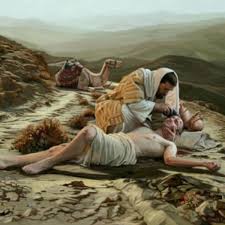
CFM 5/5-5/11: Poetry for “The Promises … Shall Be Fulfilled”
D&C 45 covers a lot of different things, from the role of the Savior to the safety of Zion. In the last few decades our LDS culture has also made a lot of this section’s observation that His disciples will ‘stand in holy places, and … not be moved.’ As an image that description suggests…
-

Canonization, Part 2: The Future of Canon?
In my last post, I discussed the process of canonization. While formal canonization has been rare since the late 19th century, key additions to the scriptural canon—such as the Pearl of Great Price and select sections of the Doctrine and Covenants—highlight a pattern shaped by prophetic authorship, broad communal use, and alignment with institutional priorities.…
-
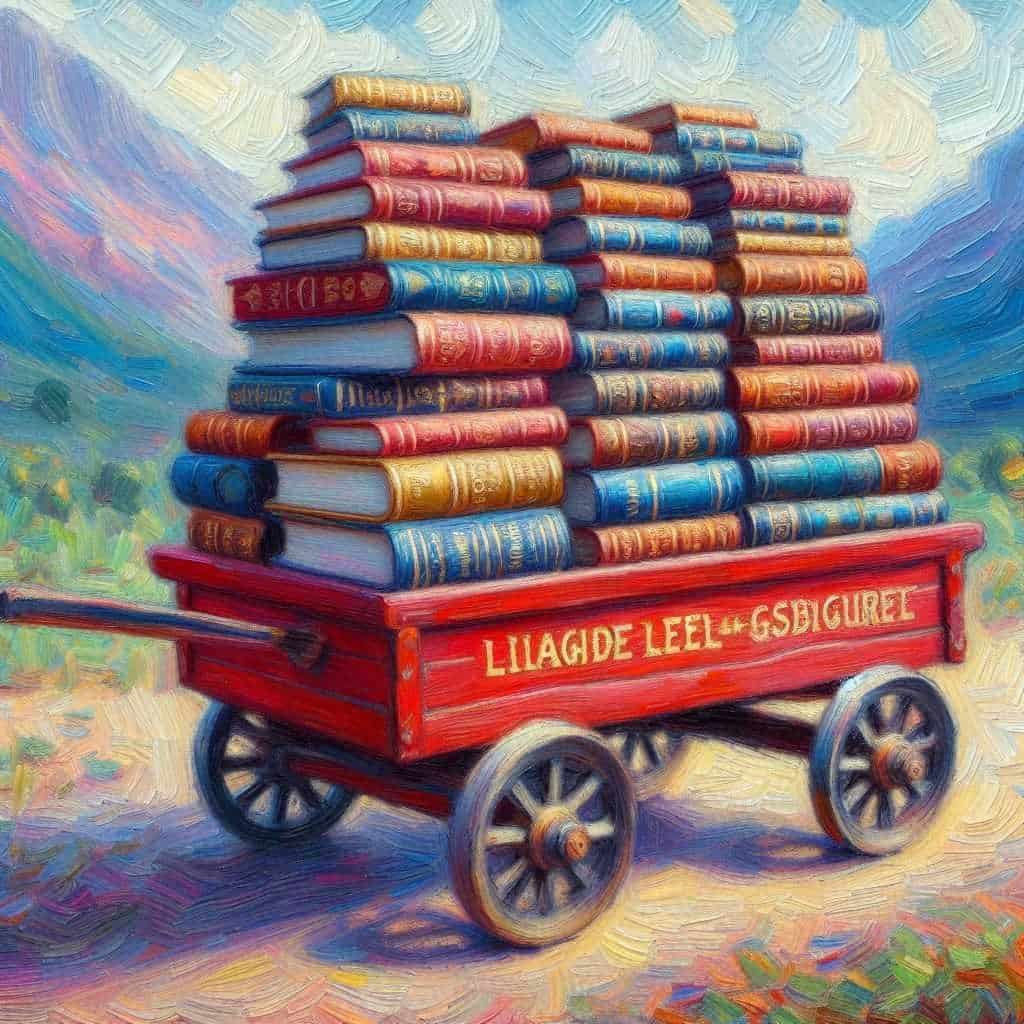
Canonization, Part 1: Functional Canon to Formal Canon
Canonization is a fascinating process. And with an open canon, Latter-day Saints have the potential to expand books of scriptures like the Doctrine and Covenants and Pearl of Great Price. The process of expanding the canon is a rare event in The Church of Jesus Christ of Latter-day Saints, especially since the 1870s, but some…
-
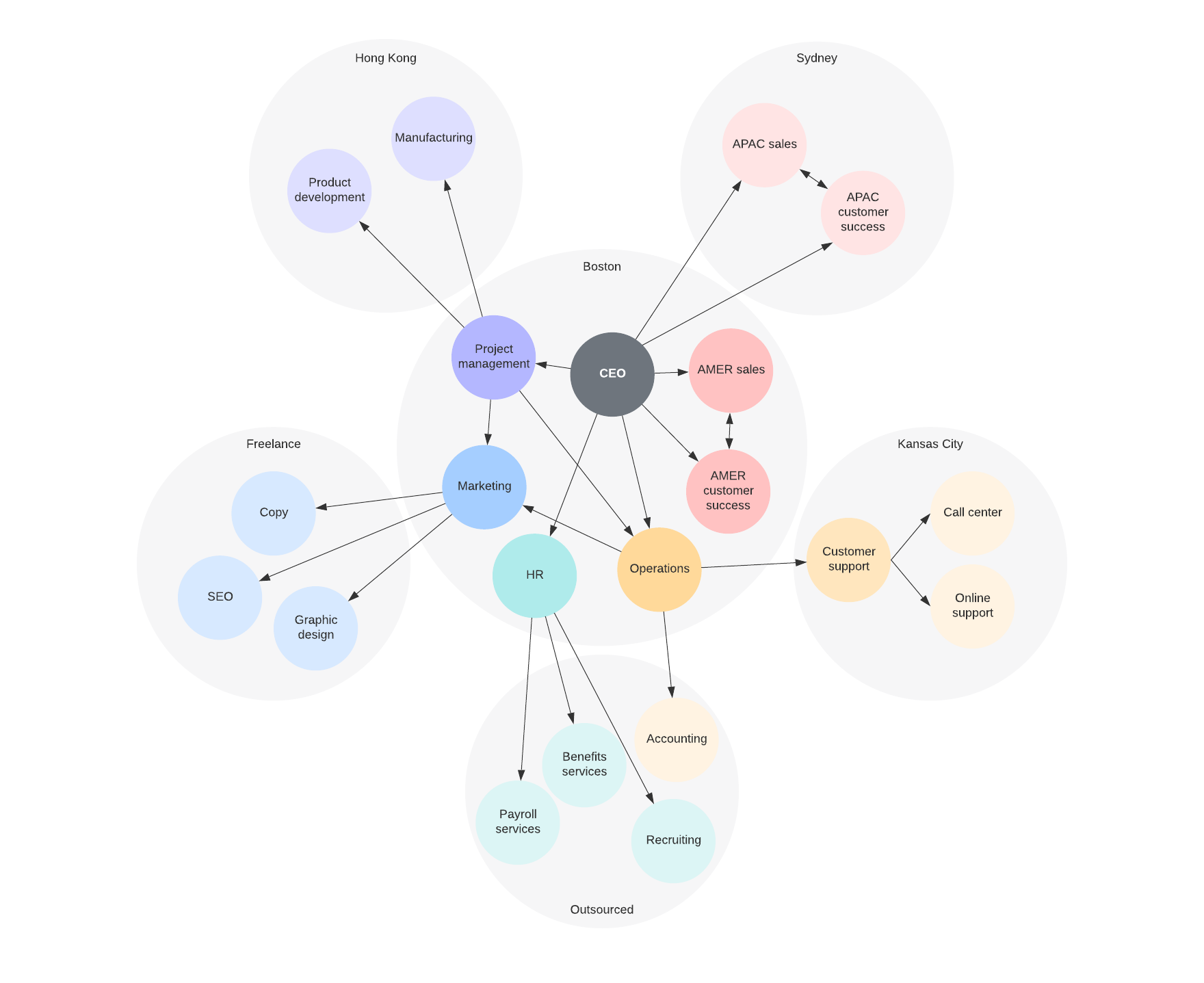
CFM 4/28-5/4: Poetry for “My Law to Govern My Church”
Organizations require structure. And the larger that an organization gets, the more structure it needs. That might seem pretty obvious in today’s world, but I suspect it was less obvious in the 1830s among the Saints who had joined the church, many because of the way other churches operated. After the ‘constitution’ of the Church…
-
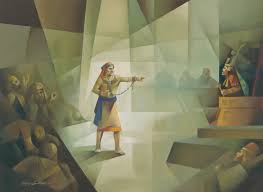
Abinidi or Limhi?
While I don’t know if Abinidi and Limhi knew of each other, I think it’s likely that they did. Abinidi is, of course, known for his parrhesia before King Noah, and Limhi is Noah’s son, who succeeded him and whose later comments indicated that he knew his father was doing evil. Today, most of the…
-
CFM 4/21-4/27: Poetry for “If Ye Are Not One Ye Are Not Mine”
I feel like I could just repeat the introduction I made three weeks ago, to the lesson for the week ending April 6th, which also spoke about the gathering. However, this week’s lesson is a little different, since it focuses on why we are gathered instead of simply that there is a commandment to gather.…
-
CFM 4/14-4/20: Poetry for “I Am He Who Liveth, I Am He Who Was Slain”
The Come Follow Me lesson for the week ending on April 20th, Easter, takes a break from the section order in the Doctrine and Covenants to focus on how Christ is portrayed in the scripture. The lesson focuses on three attributes of Christ’s role: His living nature, his gift of the resurrection to all of…
-
The Voice of the Lord: A Review
BYU published a few books late last year in connection with the Doctrine and Covenants. Among these is The Voice of the Lord: Exploring the Doctrine and Covenants, edited by Alexander L. Baugh. The book is a collection of essays previously published by BYU in a variety of forums (Sydney Sperry symposium publications, Religious Educator…
-

CFM 4/7-4/13: Poetry for “ Lift Up Your Voices … to Declare My Gospel”
For a lesson titled “Declare My Gospel”, the individual sections don’t seem to focus as much on missionary work as you would think. Instead, the missions discussed are more like the statement often attributed to St. Francis, “Preach the gospel. If necessary use words.” Of course, the problem with preaching through actions, even though they…
-

CFM 3/31-4/6: Poetry for “Jesus Christ Will Gather His People”
The concept of gathering maybe one of the most-changed concepts in LDS belief. In D&C 29 the call to be “gathered in unto one place upon the face of this land” clearly refers to a physical gathering, where members of the church lived near each other. Later the number of places of gathering increased, and…
-

When are We “Done” with Book of Mormon Translations?
Book of Mormon in Elvish per Scripture Central In terms of translating sacred scripture, we have nothing on the Protestants. One of the go-to sources for describing and cataloging languages, the publication Ethnologue, was originally started (and is still used, I believe) as a tool to help Evangelical Christians record which languages still needed Bible…
-
On Section 25
The reading associated with this week in “Come, Follow Me” includes section 25 of the Doctrine and Covenants, the revelation addressed to Emma Hale Smith. Luckily, the Latter-day Saint history blog From the Desk published an interview with Robin Jensen on that very subject, including a great discussion about how the revelations were a collaborative…
-

CFM 3/24-3/30: Poetry for “All Things Must Be Done in Order”
It’s hard to argue with the phrase “all things must be done in order.” For most rational people, doing things in order is important. But, what exactly do we mean by ‘order’? Whose order? Does the order need to be torn up sometimes? Order suggests the arrangements and procedures that support society and our institutions.…
-
A Review: The Doctrine and Covenants Study Guide: Start to Finish
As I’ve been working on my annotated Doctrine and Covenants this year, one resource I’ve enjoyed reading is The Doctrine and Covenants Study Guide: Start to Finish (Salt Lake City: Deseret Book, 2024), ed. Thomas R. Valletta. The book is formatted as the text of the Doctrine and Covenants with comments in wide margins and…
-
A Review: Seven Visions: Images of Christ in the Doctrine and Covenants
The recently-published book Seven Visions: Images of Christ in the Doctrine and Covenants by Adam S. Miller and Rosalynde F. Welch is a fantastic opportunity to listen in on a conversation between two brilliant theological minds as they explore seven different sections of the Doctrine and Covenants with a Christological focus. The book is structured as…
-
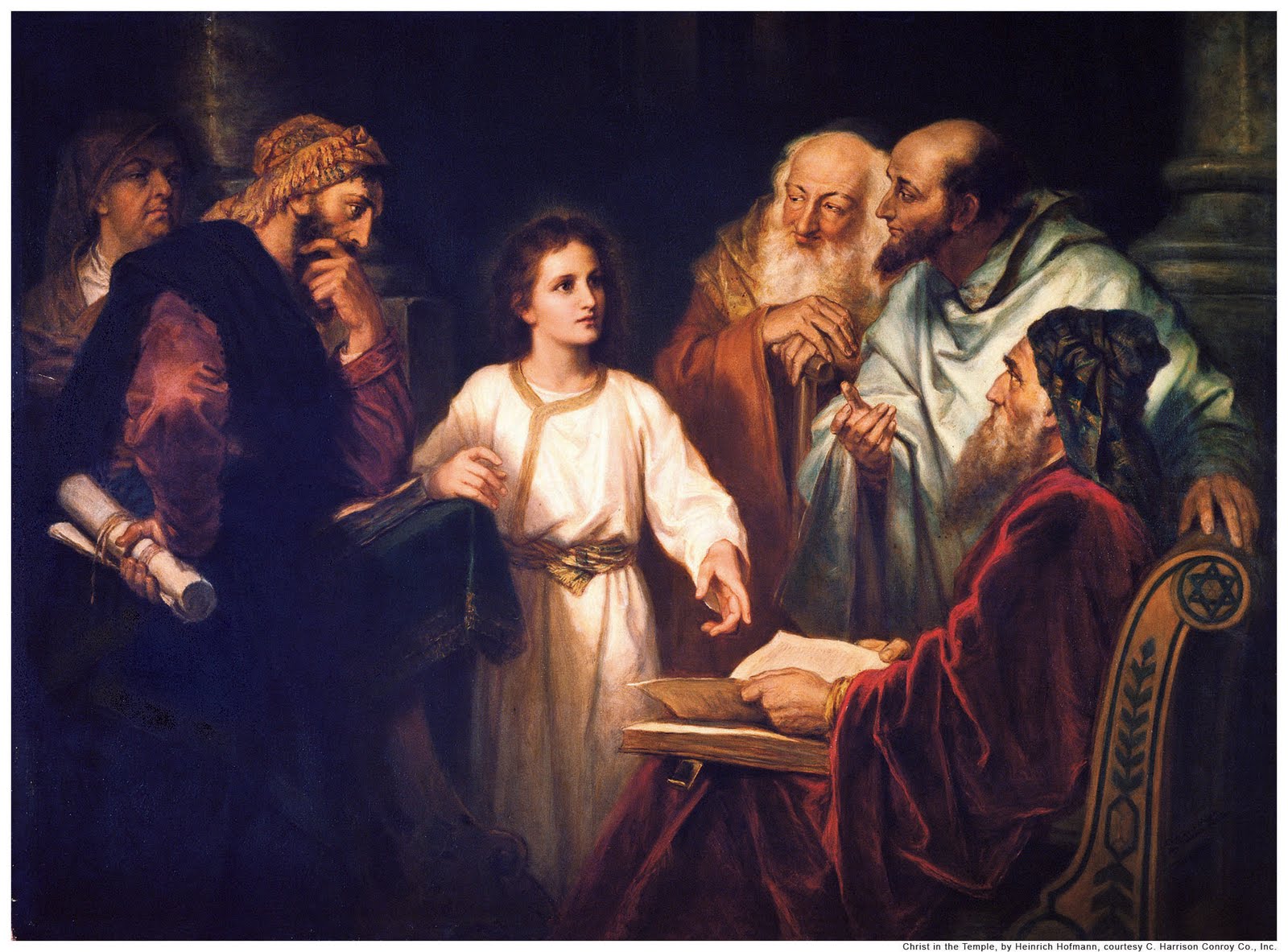
CFM 3/3-3/9: Poetry for “Learn of Me”
It might seem strange that the title of a lesson based on D&C 19, apparently written as Martin Harris struggled with wether to mortgage his farm to pay for the publication of the Book of Mormon, should be titled “Learn of Me.” But D&C 19 doesn’t talk about mortgages or farms, and the more I…
-
Annotated Doctrine and Covenants, 10 – 19
Continuing my series of annotated and formatted text of the Doctrine and Covenants, here are D&C 10 – D&C 19. As noted before, be aware that this is still a very rough draft based on the 1921 edition (for copyright reasons). I have a lot of work to go before I plan to look into…
-
Annotated Doctrine and Covenants, 1 – 9
I mentioned previously that my big project for the year associated with Come, Follow Me is working on an annotated Doctrine and Covenants and closely related content. For this part of the project, I am going through the assigned reading each week and comparing every major edition of the text that I can find (including those…
-
Lost books, golden plates, and Mosaic authorship
Call it an archetype, call it folklore. Whatever you call it, the idea of finding something fantastical in an old book in a library, or in a book hidden away centuries ago, is one of those things that rattles around in our minds and has been rattling around our culture for centuries if not millennia:…
-

CFM 2/3-2/9: Poetry for “This Is the Spirit of Revelation”
The restoration of the gospel can be seen as having two different aspects: the personal and the communitarian. While the First Vision is seen as indicating which Church to join, it is also a personal interaction between a 14-year-old boy and his God. Subsequent events in the restoration can also be seen in the same…
-
Textual changes in Joseph Smith—History
My big project for the year associated with Come, Follow Me is working on an annotated Doctrine and Covenants and closely related content. For this part of the project, I am going through the assigned reading each week and comparing every major edition of the text that I can find (including those available through the Joseph…
